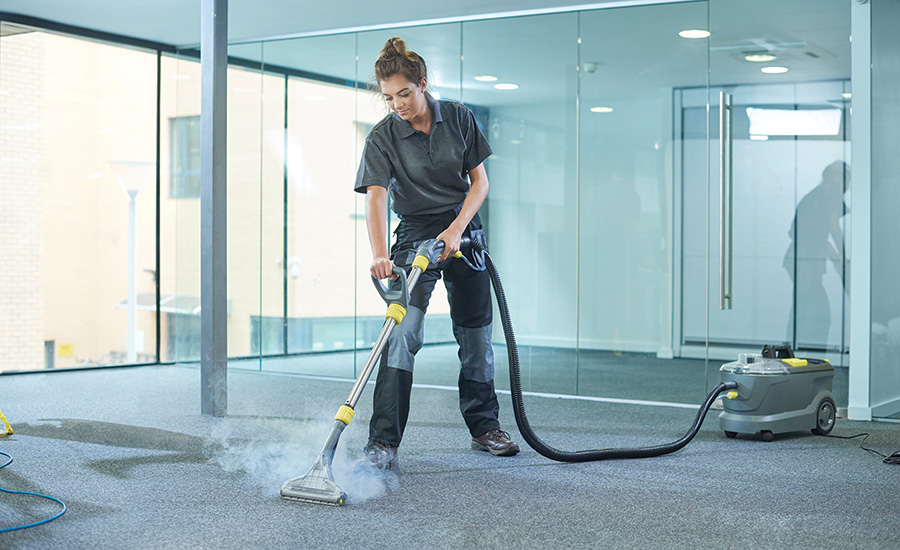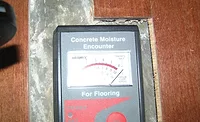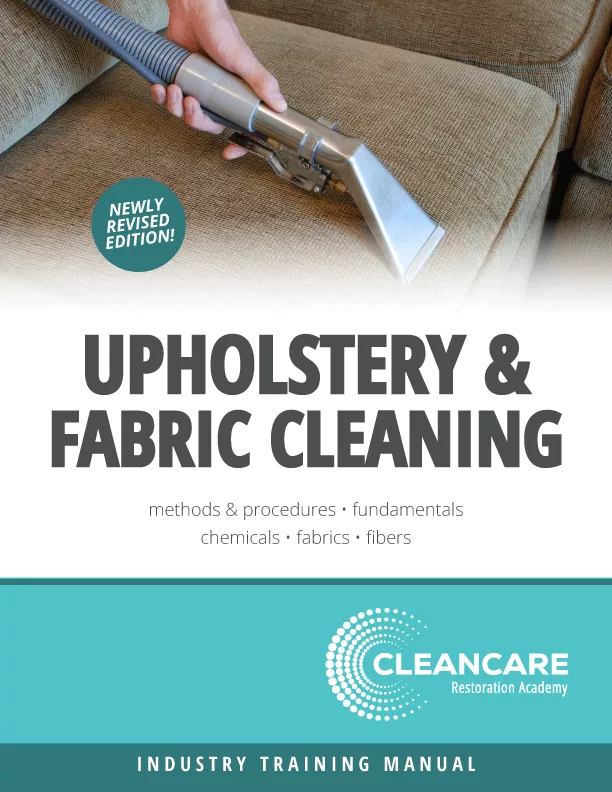Restorer's Perspective: When "Non-Essential" is "Essential"

The unexpected Coronavirus/COVID-19 pandemic has introduced new terms to our world, including the concept of essential and non-essential businesses. Throughout my career, I have been told my line of work, or some form of it, could be deemed as non-essential. Typically, I have found that this usually comes down to taking on added risk to save some cost.
At the start of my career, I headed to Houston, Tex., to teach the deaf and hearing impaired. This is where I first came to realize the detrimental impact of something seeming to be categorized as non-essential. Due to budget cuts, our particular special education program lacked some of the necessary educational development tools others received. The thought process of some was the use of these types of resources was more or less deemed non-essential for those with certain learning challenges. Faced with this challenge, I would take some of this material, modify it to address the student’s learning needs, and turn their perceived learning disabilities into capabilities. Some ended up attending college and working successfully, becoming gainfully employed. Later, my use of sign language interpretation skills came in handy as I was able to aid a hearing-impaired technician pass his IICRC Carpet Cleaning Technician examination.
While still teaching, I met my first husband, a commercial floor covering contractor and retailer. While teaching during the day, at night I would visit commercial sites and help with some of the floor covering installations. Shortly after we opened our first interior design and floor covering retail store, I knew flooring was my next career step. Eventually, as part-owner, I did this full time and once again quickly came to realize the detrimental impact of the term non-essential. Every so often, we would have a customer decide not to pay us after completion of a proper and professionally installed floor covering, only because they deemed it as non-essential.
As I moved on in my career, I came to realize that what one person considers to be essential may not be to another. After working for more than 12 years in commercial and retail interior design and floor covering, I decided to shift my career to be an independent carpet inspector and became a proud registrant of the IICRC. As a newbie in the profession, I quickly realized there was a lot to learn about cleaning, restoration, and inspections. I was in luck! Around this time, I was invited to attend an IICRC Certification Council and Board of Directors meeting held in Houston. After leaving inspired and wanting to make a difference in the floor covering industry, I volunteered to become the president of the Texas-based Professional Cleaning & Restoration Alliance. This eventually led to me meeting wonderful mentors and creating life-long friendships in the industry.
Determining “Essential”
The knowledge I gained from the IICRC and being a carpet inspector led me to my greatest challenge yet: convincing others of what should be deemed essential in the design, build, and floor covering industry. When I started as an inspector in the mid 90’s, textiles were considered the predominant floor covering of choice and I was faced with the challenge of having to convince some that hard surface floor coverings were on the horizon and soon would be sharing the market with textiles. With persistence, the industry began to transition into a new era of floor covering solutions. Eventually, the IICRC came to me to lead the Hard Surface Floor Covering Inspection Certification Task Group, focusing on the variety of hard surface floorcoverings types and on substrates/subfloors, along with hard surface floor maintenance and care. The IICRC Floor Care Technician Certification at first was a prerequisite course for the general maintenance and care of the different types of hard surface floor coverings. Eventually, it was absorbed into the Hard Surface Maintenance Division, and later became a standalone certification along with other types of hard surface maintenance certifications. For the first time in my career, I started to see the transition and emphasis on hard surface maintenance that was once deemed by some as non-essential become essential. However, I knew that this would only be my first challenge in having to convince those on how hard surface maintenance was not only essential for cleaning for aesthetics and pleasant odor, but also for health.

Floor Care for Health
As I progressed in my floor covering career, it became clear to me how important the avoidance of floor covering failures was. Before my eyes, liability and associated lawsuits related to floor covering failures including slip and fall soared into billions of dollars. Although the importance of following industry standards, trade standards of care prudent to the related industry, and practical experience was clear to me, many still deemed it non-essential to follow, mostly due to their added cost in dollars and time.
As I continued to attempt to promote the use of best trade practices and standards, I was met with resistance, and often told that it was too costly and difficult to implement in the real-world. As a result, floor covering failures along with slip and fall accidents continued to mount and mold growth that effected the overall health and safety of the building and occupants climbed.
Lessons from COVID-19
After many years of preaching the importance of investing in proper building maintenance, the COVID-19 virus has brought to light how truly essential this is. It has now become a priority to clean, disinfect, sanitize, and take care of your floor covering surfaces, usually considered to attract and exist as the largest reservoir of pathogenic microorganisms.
While taking this essential action, we cannot overlook that all types of floor coverings should not be cleaned and treated the same way. Of course, when it comes to cleaning and treating a surface for viral contamination, it is important to first determine if the surface is porous or non-porous. However, as before the COVID-19 pandemic, given the vast variety of different types of floor covering surfaces and some even blended together in multimedia floor covering installations, it is still essential to also identify the different types of floor covering to be cleaned and treated. The science behind cleaning surfaces for health has not changed overnight and many of the same subject matter experts are now focusing on the elimination of the COVID-19 virus. This rush to obliterate this particular virus do not negate practicing the best modes of care and standards of all interrelated industries.
Along with staying on top of specific reliable sources, training and certifications specific to COVID-19 are essential. However, let us not forget the practices of care and standards already established for the different types of floor covering and other surfaces. Fortunately, there are a lot of really good and smart subject experts focusing on this recent virus, but it is going to take a lot more of subject matter experts from various inter-related industries to continue to interface and information share.
Looking for a reprint of this article?
From high-res PDFs to custom plaques, order your copy today!






